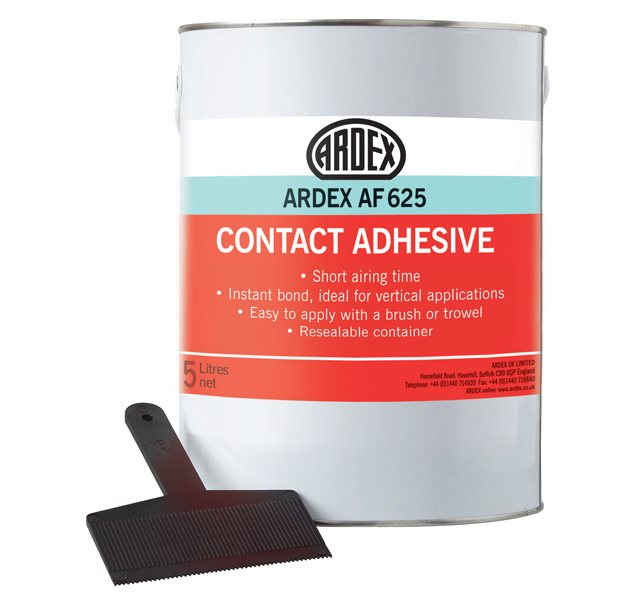Is there a youtube or other showing how to tolex a fender blackface style amp? I do find an Uncle Doug tutorial, and I did learn a good bit there, but it is for a custom build so it only helps so much. I'm wondering how to deal with the front slant angles, and whether or not to bring the tolex just up to the baffle support edge, or wrap it over like on the rear panel supports.
I did the two rear panels first. One I did following Uncle doug, by making the miter corner cuts after it was already glued, but I found it way too hard to pull the bottom flap up to remove the cut out piece once it was put in place. The second one I cut the tolex while dry, making sure everything fit nicely, but that has it's drawbacks as well. You have to place the wood once it is glued exactly where it was when dry, or you end up with some errors.
A lot of effort has gone into this cab so far and I really dont want to mess up my first tolex job.
I did the two rear panels first. One I did following Uncle doug, by making the miter corner cuts after it was already glued, but I found it way too hard to pull the bottom flap up to remove the cut out piece once it was put in place. The second one I cut the tolex while dry, making sure everything fit nicely, but that has it's drawbacks as well. You have to place the wood once it is glued exactly where it was when dry, or you end up with some errors.
A lot of effort has gone into this cab so far and I really dont want to mess up my first tolex job.




Comment